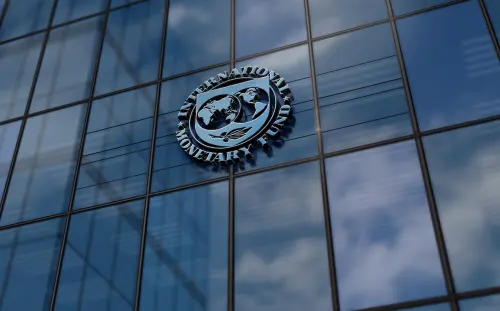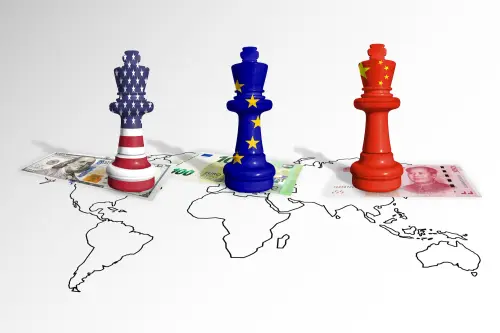Editor’s Note: In collaboration with the Financial Times (FT), Eswar Prasad and Karim Foda of Brookings have developed a set of composite indexes which track the global economic recovery. The Financial Times has produced the Tracking Indexes for the Global Economic Recovery (TIGER) interactive map, which appears on the FT Web site.
The October 2010 update of the Brookings Institution-FT Tracking Indexes for the Global Economic Recovery (TIGER) paints a sobering picture of the world economy, which has lost momentum. The global economy is teetering between a slowdown and at best a tepid recovery. Advanced economies are stuck in a funk and even the dynamic emerging markets have lost some of their swagger.
The updated interactive map below displays how fast individual G-20 economies are faring in global economic recovery. Underneath the map, links to updated key indicators display how fast those indicators are recovering for advanced economies, emerging markets and a composite total. The October 2010 updated indexes now also incorporate credit growth as an additional financial indicator to help further gauge the pulse of financial markets in G-20 economies.
<not-mobile message=”** To view the interactive map, please visit brookings-edu-2023.go-vip.net on your desktop **”>Economic Recovery in the World’s Advanced and Emerging Market Economies
Click on an individual country in the map to view charts for the main TIGER indexes for that country and charts for the indicators that make up the indexes, which are broken down by real economy, financial and confidence indicators.</not-mobile>
As well as tracking country performance, the TIGER indexes also track the performance of key indicators across groups of advanced economies, emerging markets and a composite total. Click on the following links to view the charts for the following key indicators:
| Real Activity Indexes |
Financial Indexes |
Confidence Indexes |
For detailed information on the composition and construction of the indexes and a comprehensive description of the data and source information, please refer to the technical appendix.
The October 2010 update reveals three main themes:
- In G-20 economies, a common feature is that financial markets are not providing much support to the real economy. This reflects poor performance of equity markets and weak credit growth. Financial market weaknesses and lackluster employment growth have dented consumer and business confidence, which could hold back the recovery in aggregate demand.
- Financial markets appear spooked by the notion that macroeconomic policy tools may have reached their limits in terms of supporting economic growth without creating untenable risks for the future. Uncertainty about the regulatory landscape may also be restraining financial market performance, although some of this uncertainty should now have been resolved by the Basel III accord.
- All told, the optimism of the summer is giving way to the realization that the global economic recovery is going to be a long and hard slog. The G-20 objective of robust, balanced and sustainable growth remains a chimera for now.
Highlights for Q2 2010:
- The Overall Growth index has fallen in recent months for both advanced and emerging market economies, mainly because of weak financial market conditions.
- The Financial index took a beating roughly around the initial period of the European debt crisis and has continued to weaken. Stock markets around the world remain in a state of torpor after a correction that signals a reversal of the optimism that led to their getting ahead—perhaps too far ahead—of improvements in real economic activity.
- Real economic activity has eased up after initially surging from the low levels around the trough of the global recession in late 2008. Real GDP growth has not done too badly, especially among emerging markets, but growth in industrial production, exports and imports have all dipped across the board in recent months. Employment growth in the advanced economies also remains weak. If the negative trends in these variables persist, real GDP growth might moderate in the next couple of quarters.
- Among G-20 economies, confidence indicators in the private sector have leveled off from their gains earlier this year. Even though business confidence is still rising in advanced economies, it has not yet made up the ground lost during the crisis and consumer confidence has entirely lost momentum. Consumer confidence has dipped sharply in the U.S. and many emerging markets.
Read the related commentary: TIGER Update: Global Economic Recovery Is Teetering »
For commentary and analysis on Q1 2010, please see the original release of TIGER »
The Brookings Institution is committed to quality, independence, and impact.
We are supported by a diverse array of funders. In line with our values and policies, each Brookings publication represents the sole views of its author(s).




